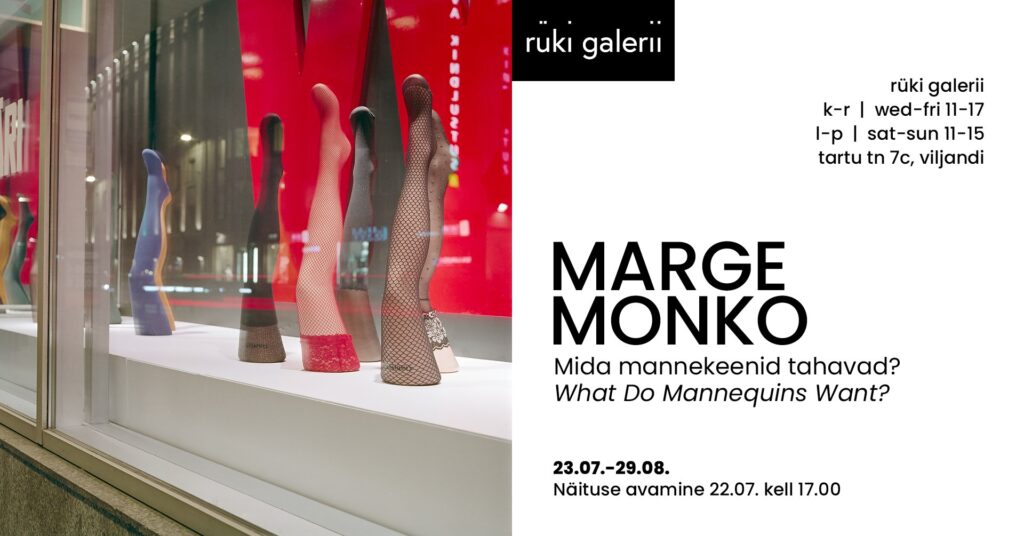Few people know that Baum’s main job was writing from shop windows – he was, among other things, the editor of The Show Window magazine, which appeared in Chicago for a short time. In his treatise The Art of Decorating Dry Goods Windows, Baum highlights shop windows that use a fragmented body set in motion – either a living model or a lifeless mannequin. In this way, the figure becomes the main tool of the decorator, catching the eyes of passers-by and performing theatrical scenes with the help of consumer goods. The decoration also turns out to be the wizard of the Emerald City in Baum’s children’s book, who manipulates the people of Oz and their desires for abstract values before the truth is revealed. Monko’s latest series “View Windows” consists of exhibitions of shop windows captured by the artist since 2014 in Antwerp, New York, Vienna and Tallinn, as well as find and archive photos of shop windows that have been broken for various reasons. The viewing windows are located on the border of public and private space, and the compositions in them have been compared to the genre of still life. In addition to advertising goods, shop windows have historically been the target of various political unrest as well as criminal attacks.
The “Untitled Photograms” series is based on tights with a cut-out leg design. The photos have been taken in an analogue laboratory using the photogram method – the packaging placed on photo paper acts as a stencil and the result is a choreography of leg runs with different graphic designs.
The focus of the “Untitled Collages” is on the hands exhibiting the jewelry. The series is based on a set of 18 x 24 cm black and white flat negatives purchased by the artist from an eBay auction. They were probably photographed in the 1970s for advertising photos – the hands of the models have been used here as display tools to help bring out the shape and material of the jewelery. The artist has cut out the hands demonstrating the jewelry from the negatives and made collages of them using the contact method in the photo laboratory.
Gallery name: Rüki Gallery
Address: Tartu tn 7c, Viljandi
Opening hours: Tue-Fri 12:00 - 18:00, Sat 11:00 - 15:00 and by appointment, +372 52 89 059
Open: 22.07.2021 - 22.08.2021







